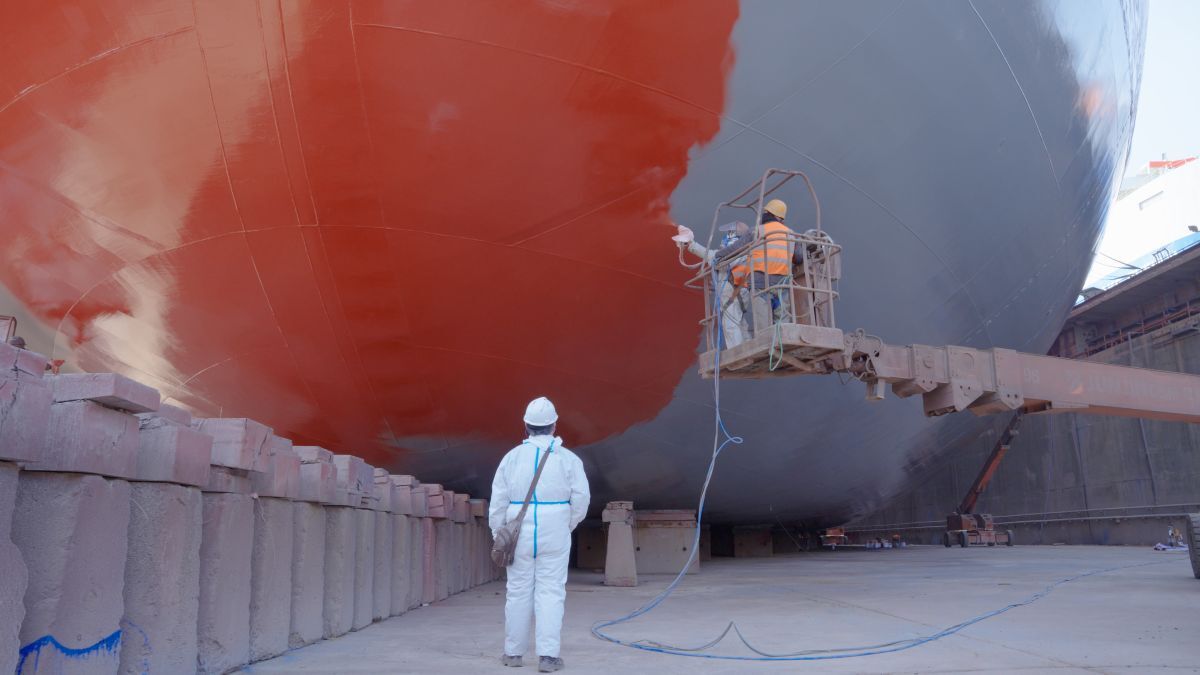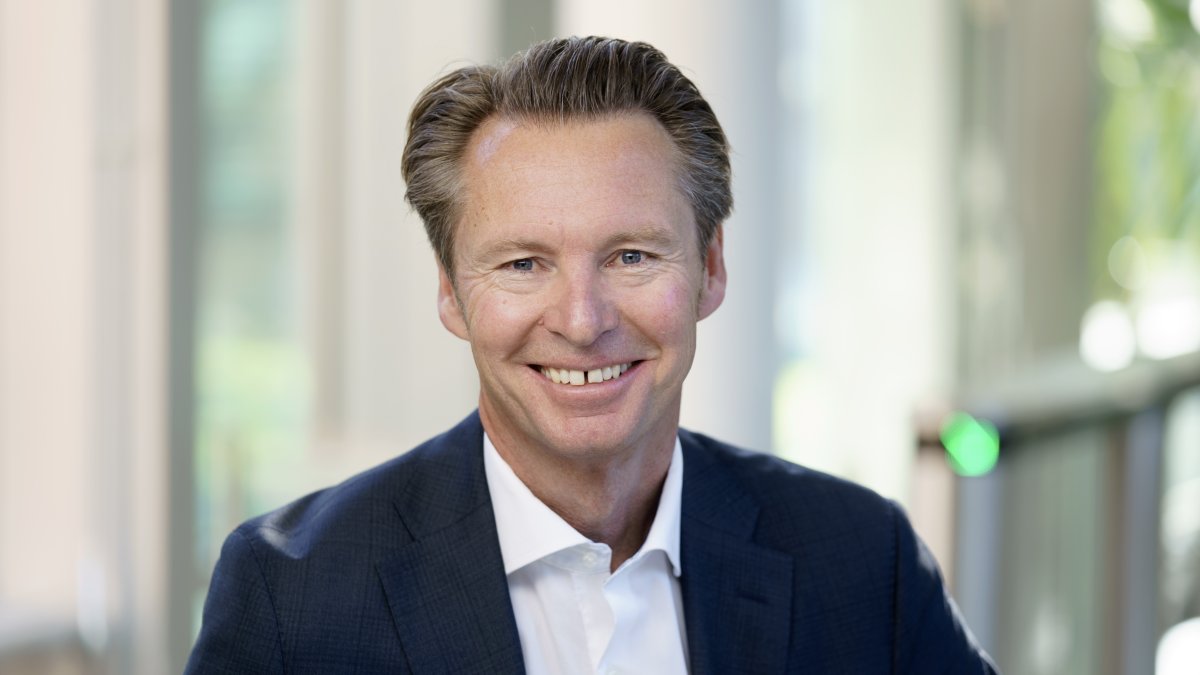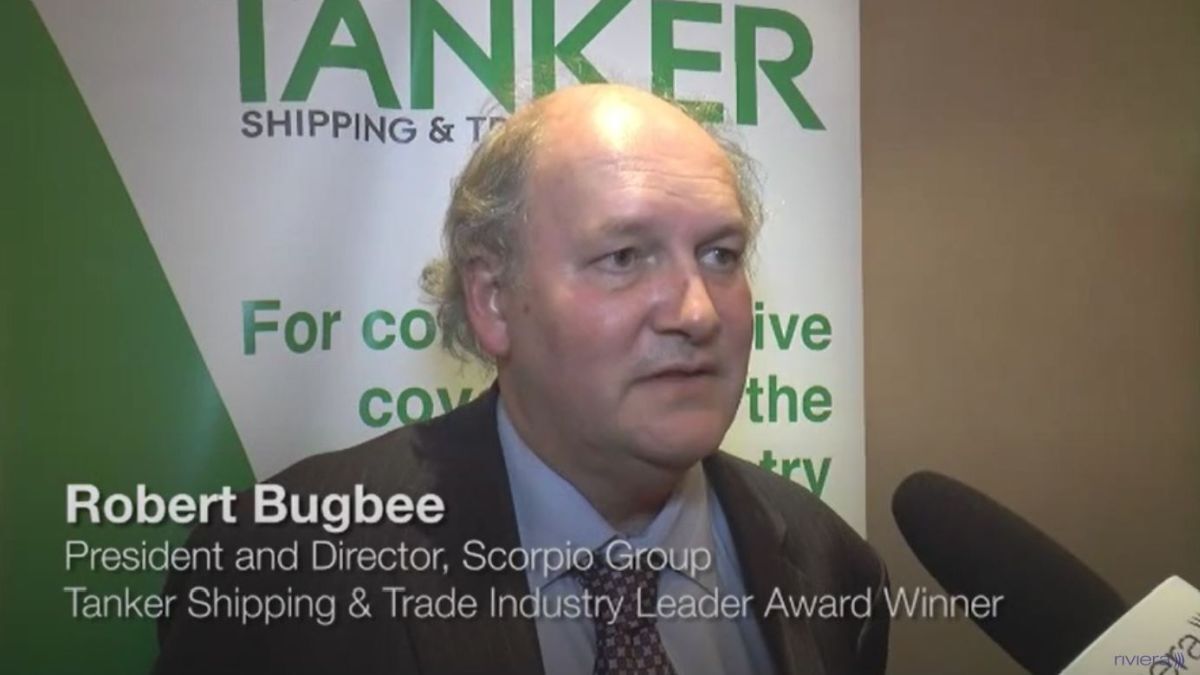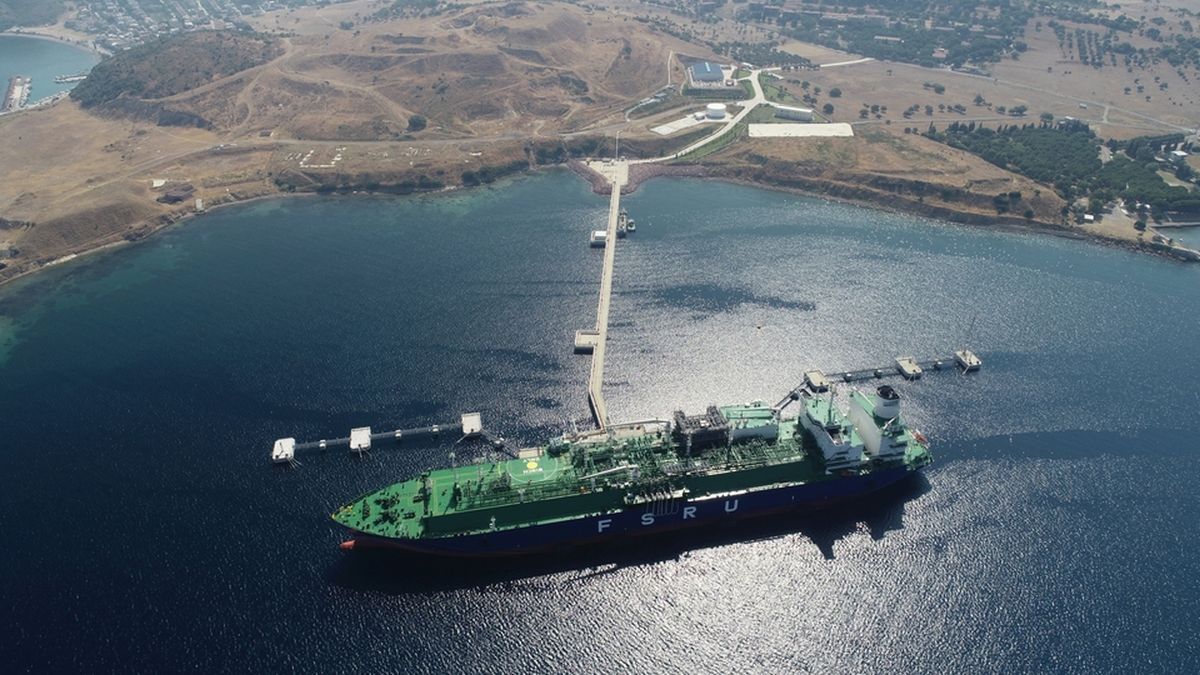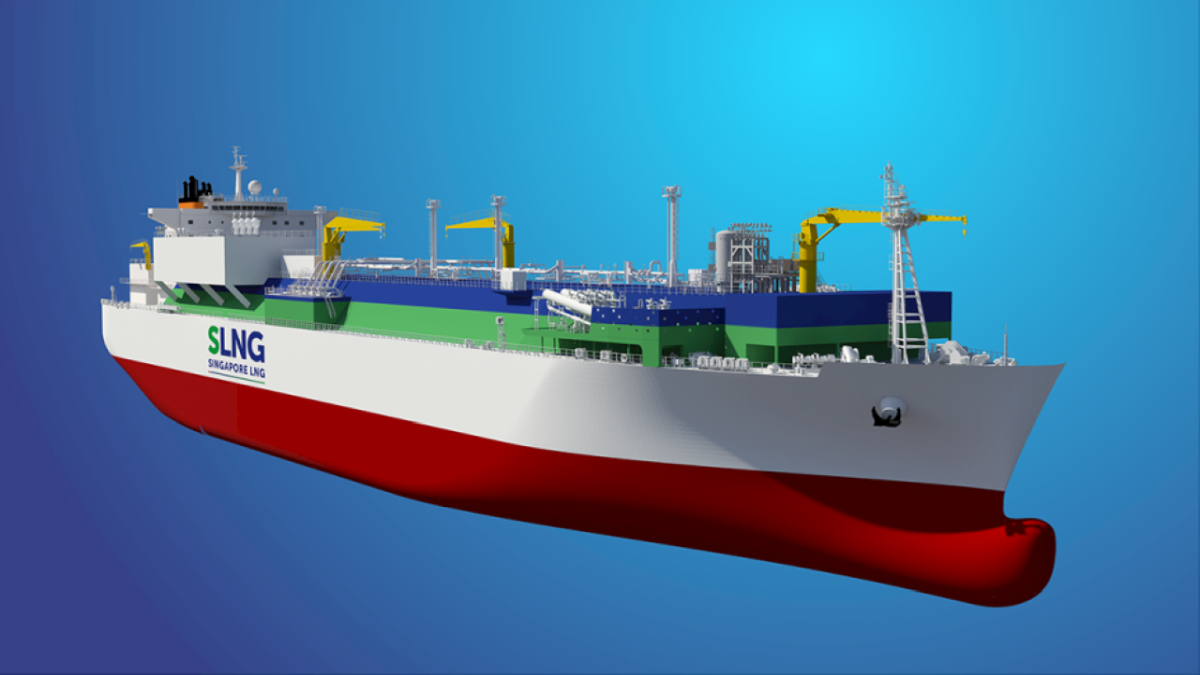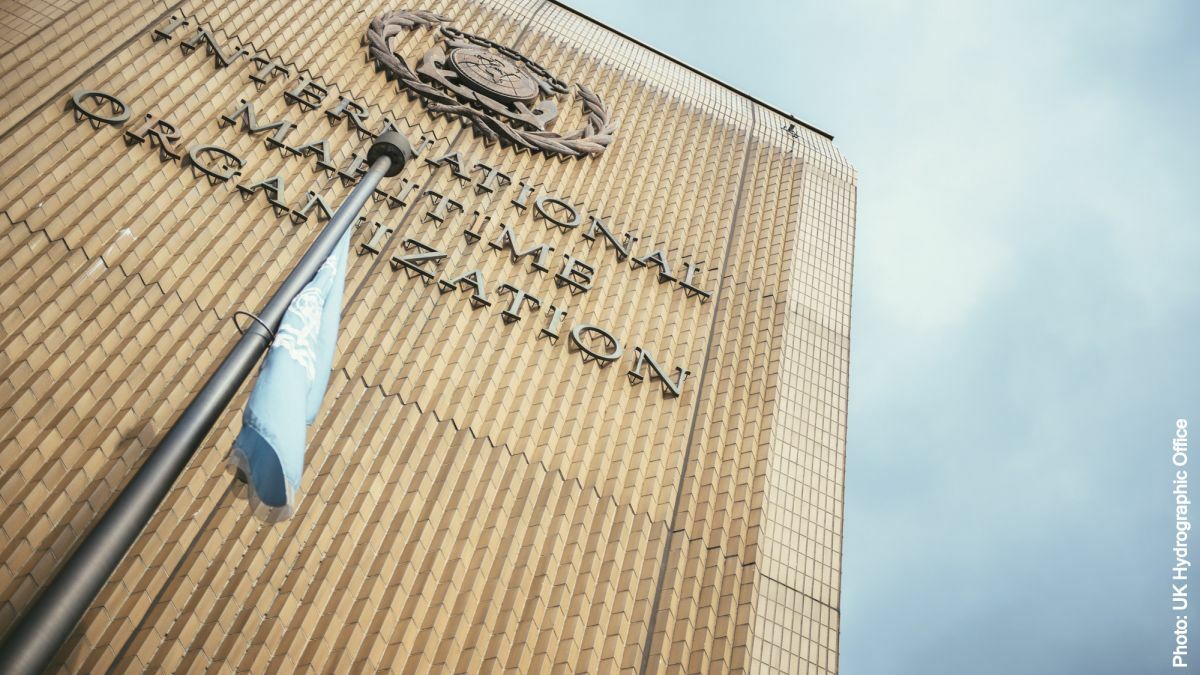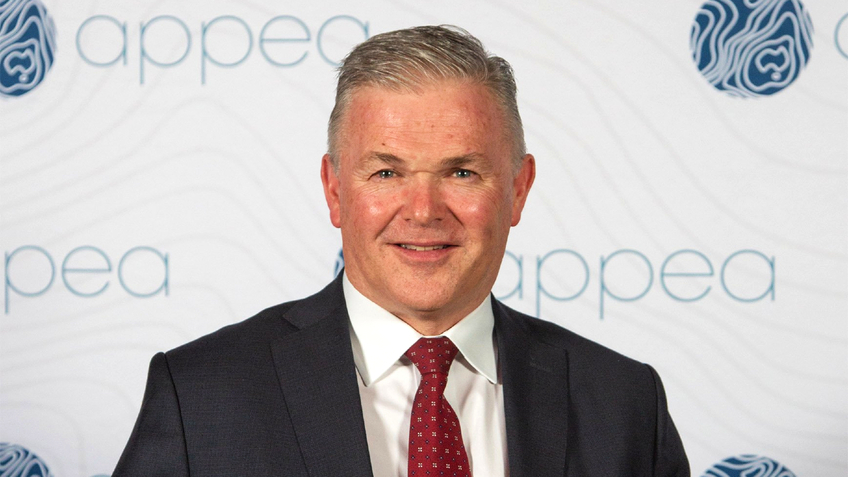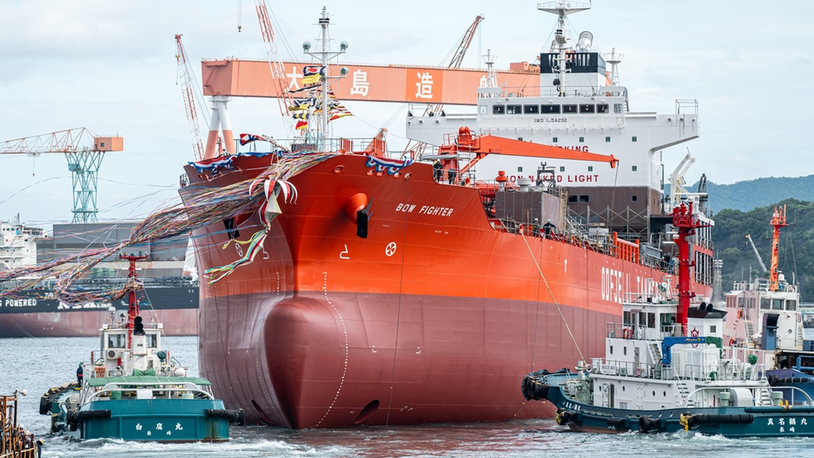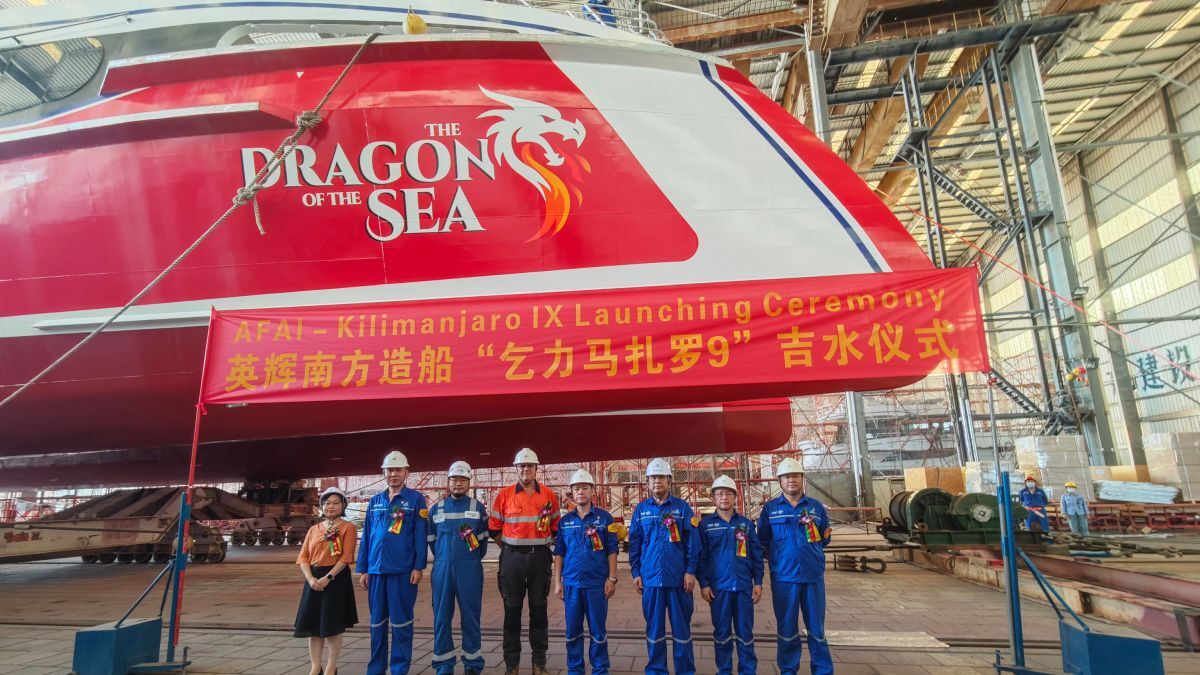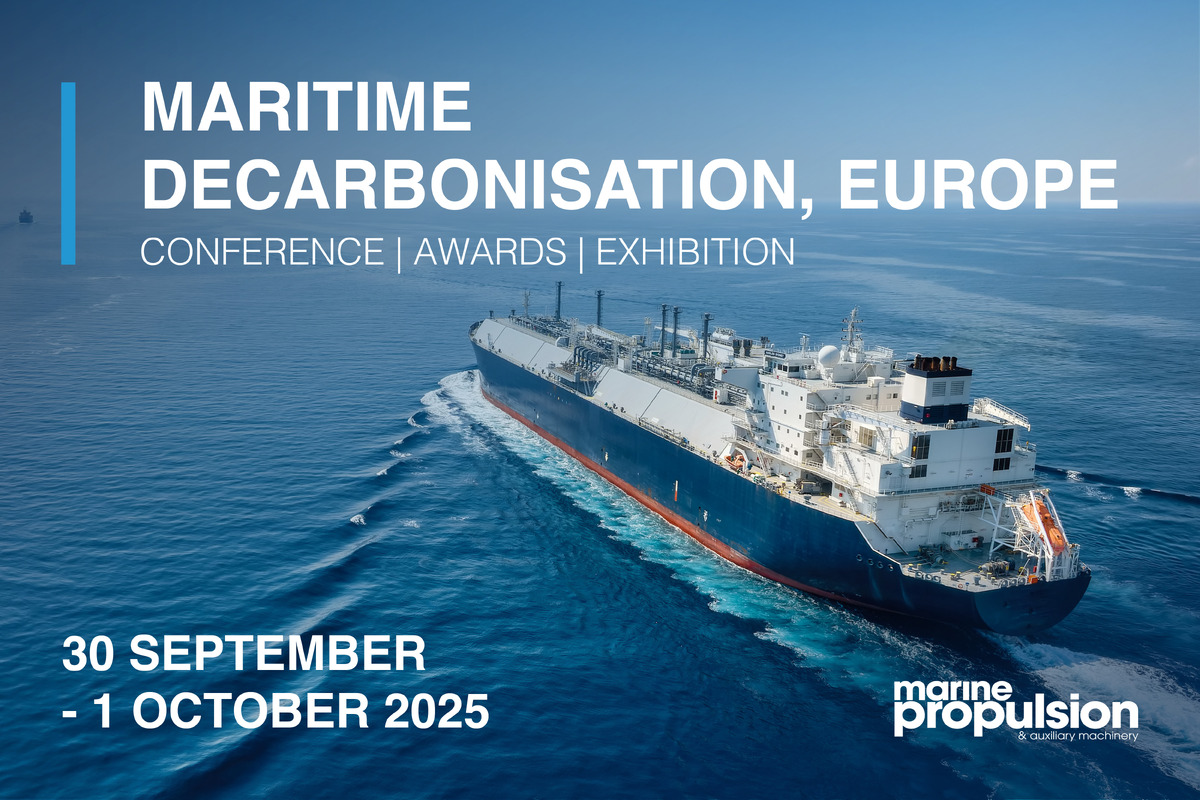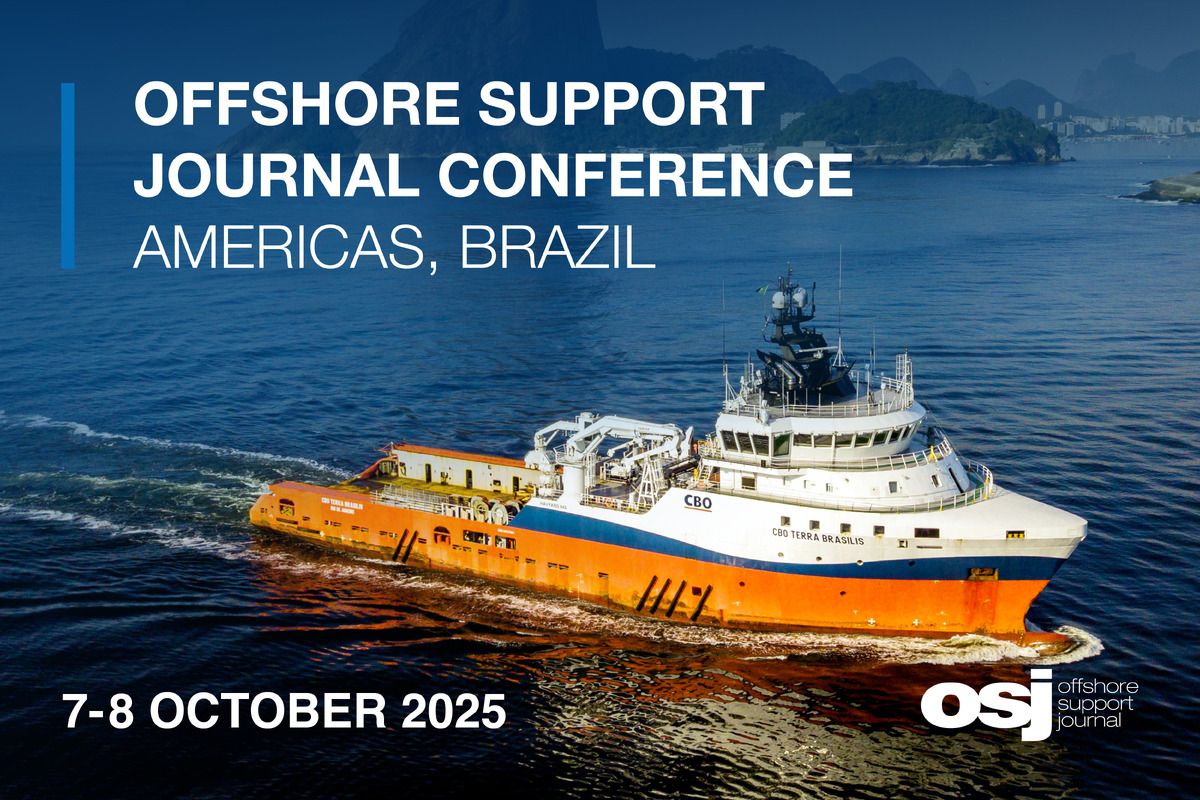Business Sectors
Events
Offshore Wind Webinar Week
Contents
Register to read more articles.
Antifouling moves reflect wider ecological governance shift
Coating and ultrasonic technologies news emerges as MEPC considers broader environmental lens
Recent innovations in antifouling by Alfa Laval and PPG coincide with calls to IMO’s Marine Environment Protection Committee in April 2025 (MEPC 83) to adopt a more integrated view of marine pollution, biodiversity and climate risks – an approach that could see future antifouling strategies assessed not only for efficacy, but also for ecosystem impact and cross-sectoral alignment.
Alfa Laval’s acquisition of NRG Marine and its ultrasonic Sonihull antifouling system marks a further step in the diversification of hull protection solutions. Designed to deter biofouling through ultrasound rather than chemical release, Sonihull operates without biocides or toxic coatings.
Alfa Laval stated Sonihull “meets the growing need for sustainable fouling control without compromising on performance or requiring drydocking for installation.”
While such claims are unremarkable in themselves, the timing of the announcement aligns with broader regulatory conversations underway at MEPC.
Parallel to this, PPG has announced the first drydocking for COSCO Shipping Energy Transportation Ltd using electrostatic (ESTA) application of PPG SIGMAGLIDE 2390, although PPG has completed up to 60 ESTA applications globally to date.
The project was carried out on Yuan Chun Hu, a tanker owned by COSCO Shipping at the Liuhengdao shipyard in Zhoushan, China. PPG Sigmaglide 2390 coating was applied to the underwater hull and PPG NEXEON 810 antifouling coating to the boottop.
Both hull coatings are compatible with electrostatic coating application, introduced by PPG to the shipping industry just over a year ago.
Electrically charged paint particles are precisely guided toward the grounded surface of the vessel, resulting in exceptionally even distribution and the formation of a uniform, ultrasmooth, long-lasting film layer.
This technique offers sustainability benefits including increased transfer efficiency compared to traditional airless spraying, which significantly reduces coating overspray and waste.
While Alfa Laval and PPG are pursuing differing technical paths – acoustic deterrence versus silicone coatings – the convergence lies in the move away from biocidal solutions and towards systems that may better reflect the pressures outlined in recent MEPC submissions.
These pressures include climate change, biodiversity loss and marine pollution, now increasingly referred to as the ’triple planetary crisis.’
A submission from Pacific Environment and the Clean Shipping Coalition proposed the formation of an ad hoc working group to examine how shipping sits at the intersection of climate, biodiversity and pollution. Its paper argued “the status quo is not a viable option” and maritime regulations should prioritise solutions offering co-benefits across multiple environmental domains.
Such an approach could see antifouling strategies evaluated not only for performance, but also for how they interact with underwater noise, marine mammal safety, and ecosystem resilience.
A further submission by the Advisory Committee on Protection of the Sea (ACOPS) added IMO’s decision-making must “integrate cumulative effects and ecosystem resilience” in a more structured way. The ACOPS paper singled out underwater noise, greywater discharges and persistent pollutants from hull coatings and antifouling systems as issues where cumulative impacts could be underestimated.
The paper stated, “Only after cumulative effect assessments can mitigation and compensation measures be scoped in a scientifically sound way.”
The context for these submissions is a broader shift in international ocean governance. MEPC 83 received recommendations to link its outputs with the Kunming-Montreal Global Biodiversity Framework, outcomes from COP 16 of the Convention on Biological Diversity, and preparatory work for the UN Ocean Conference in June 2025.
A UN General Assembly resolution from late 2024 also reiterated the need for “urgent action to improve ocean resilience” and endorsed cumulative impact assessment as a means to that end.
The antifouling sector now finds itself within a regulatory space that is evolving quickly. The focus is moving beyond standalone technologies to how those technologies interact with global ecological systems. Whether through ultrasonic pulses or silicone surfaces, future antifouling strategies may be expected to meet a wider range of ecological criteria.
October 2025 MEPC 84 is likely to consider the structure of the proposed working group.
Antifouling is no longer just a technical topic. It has become a test case for how the shipping industry interprets the relationship between operational efficiency and environmental stewardship.
Sign up for Riviera’s series of technical and operational webinars and conferences:
- Register to attend by visiting our events page.
- Watch recordings from all of our webinars in the webinar library.
Related to this Story
Events
Offshore Wind Webinar Week
Maritime Decarbonisation, Europe: Conference, Awards & Exhibition 2025
Offshore Support Journal Conference, Americas 2025
© 2024 Riviera Maritime Media Ltd.


